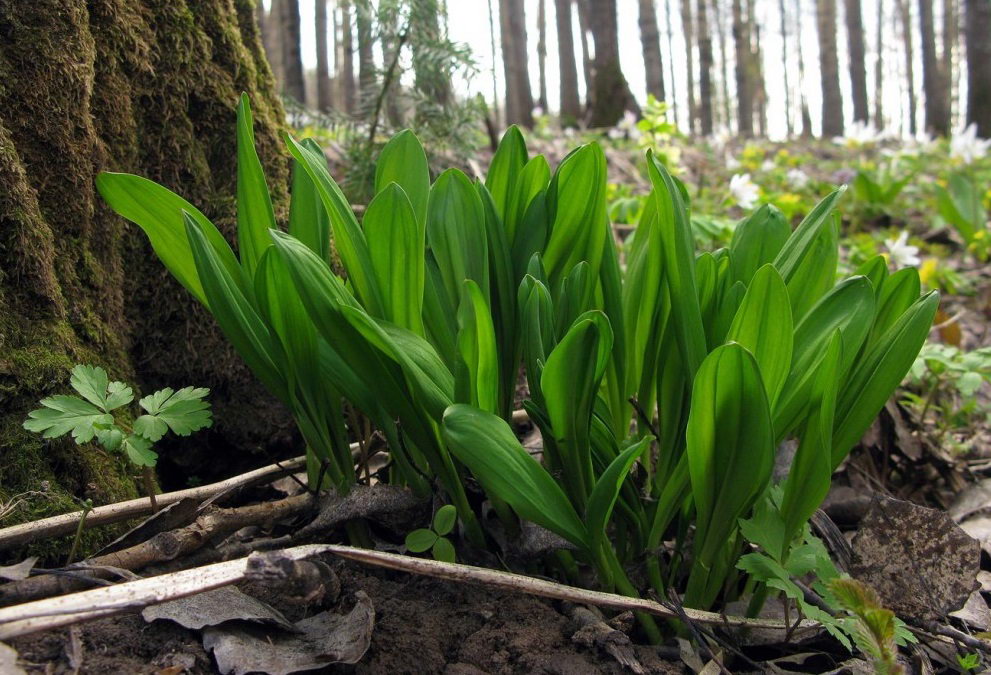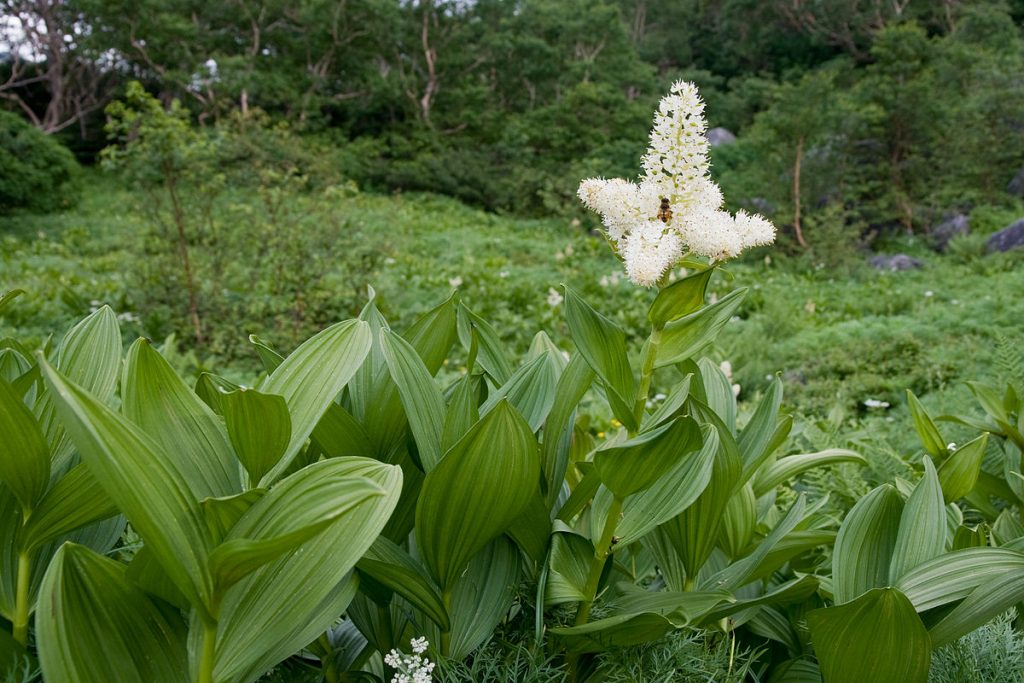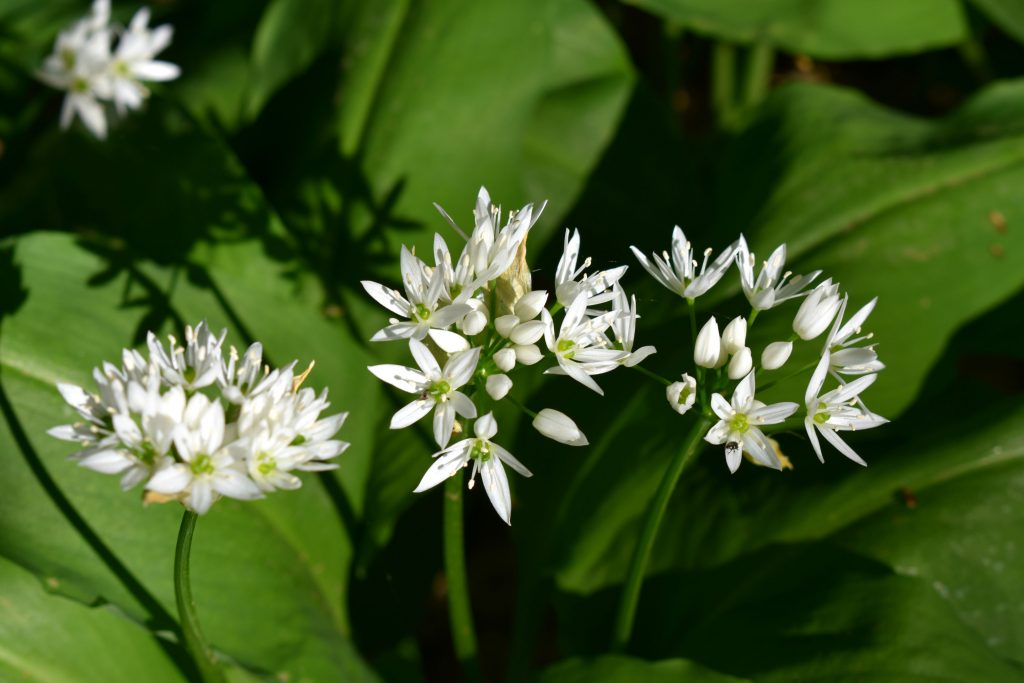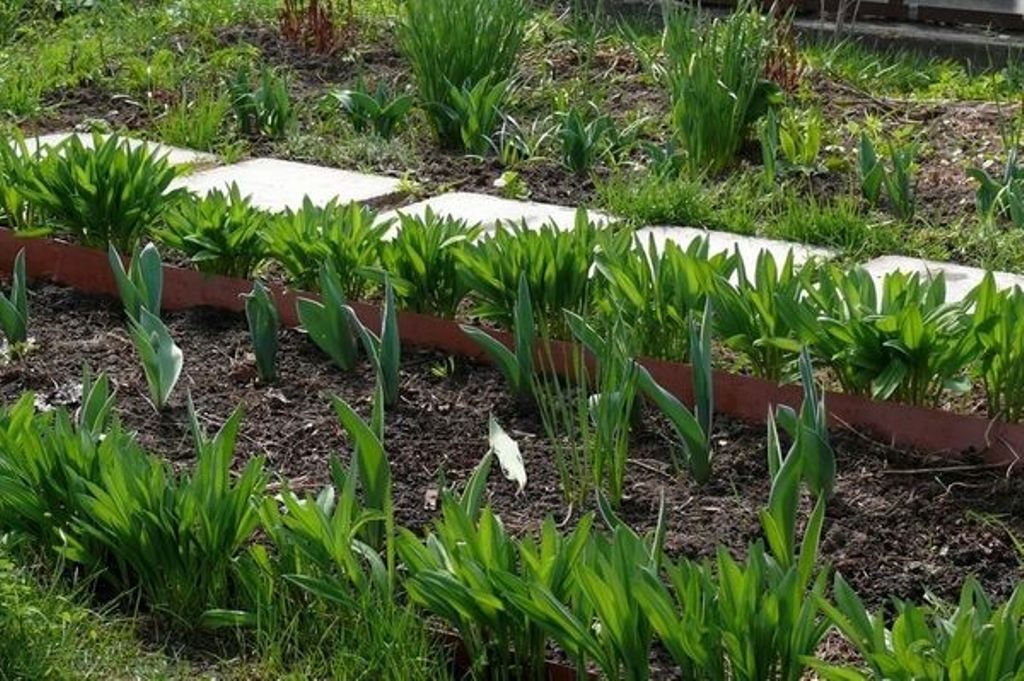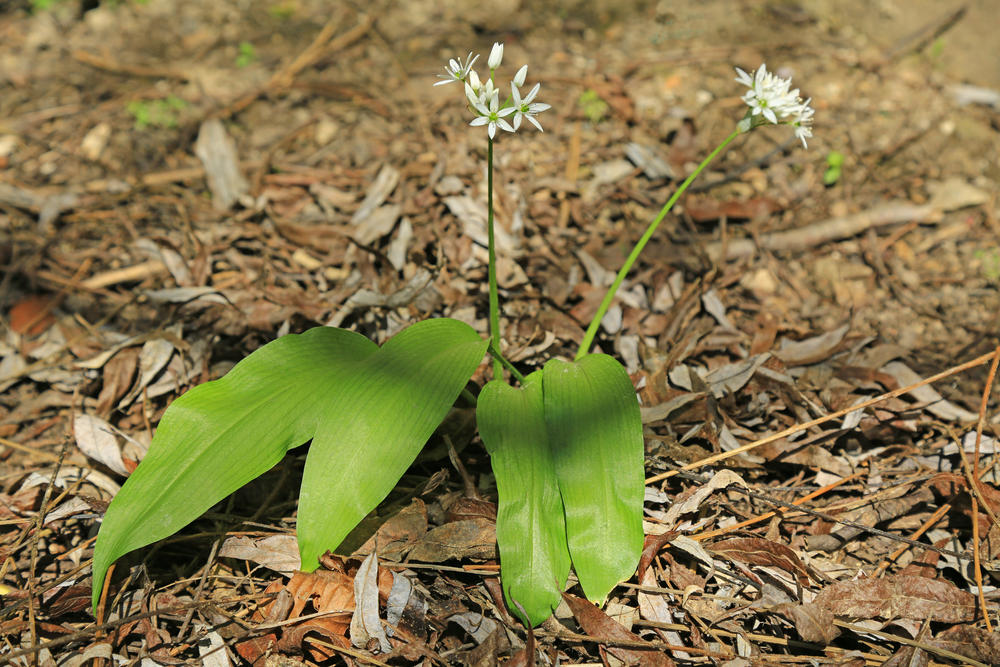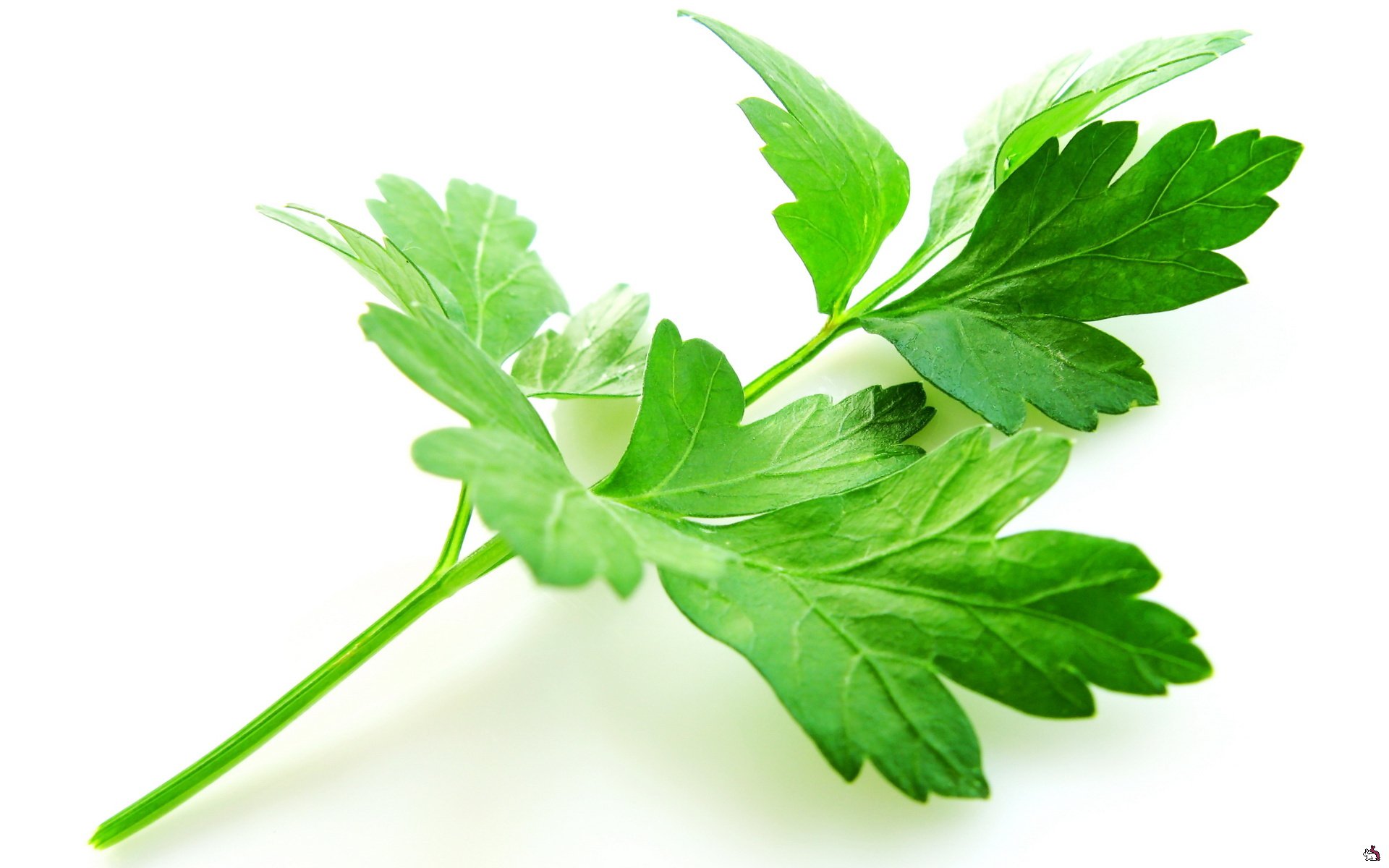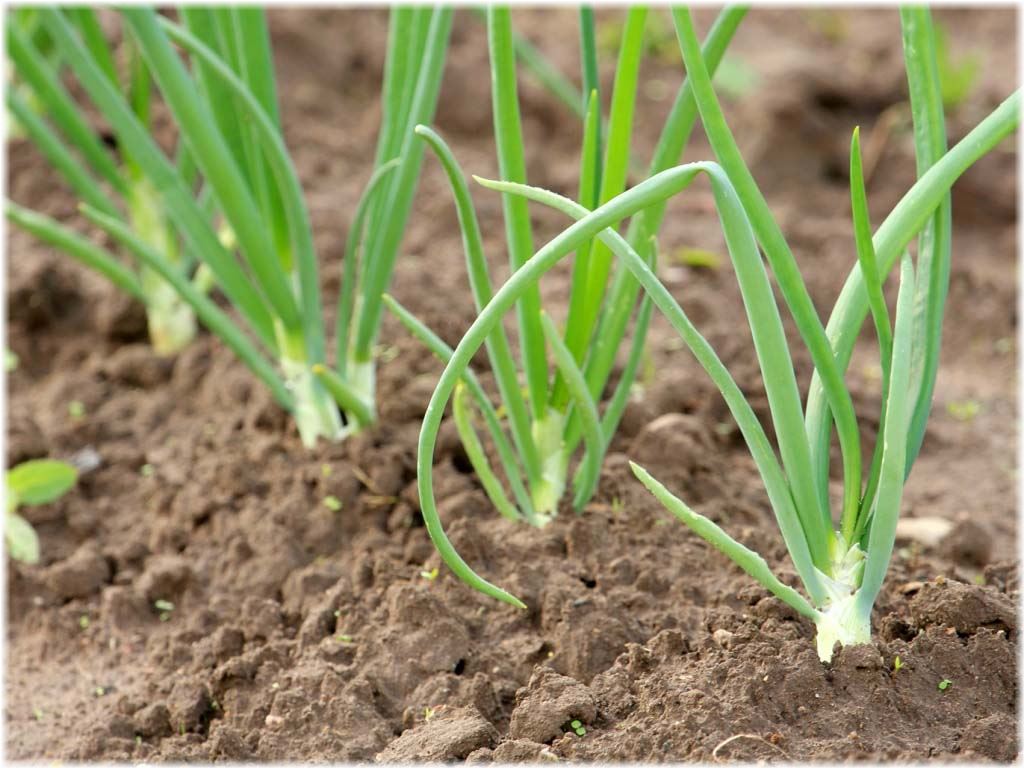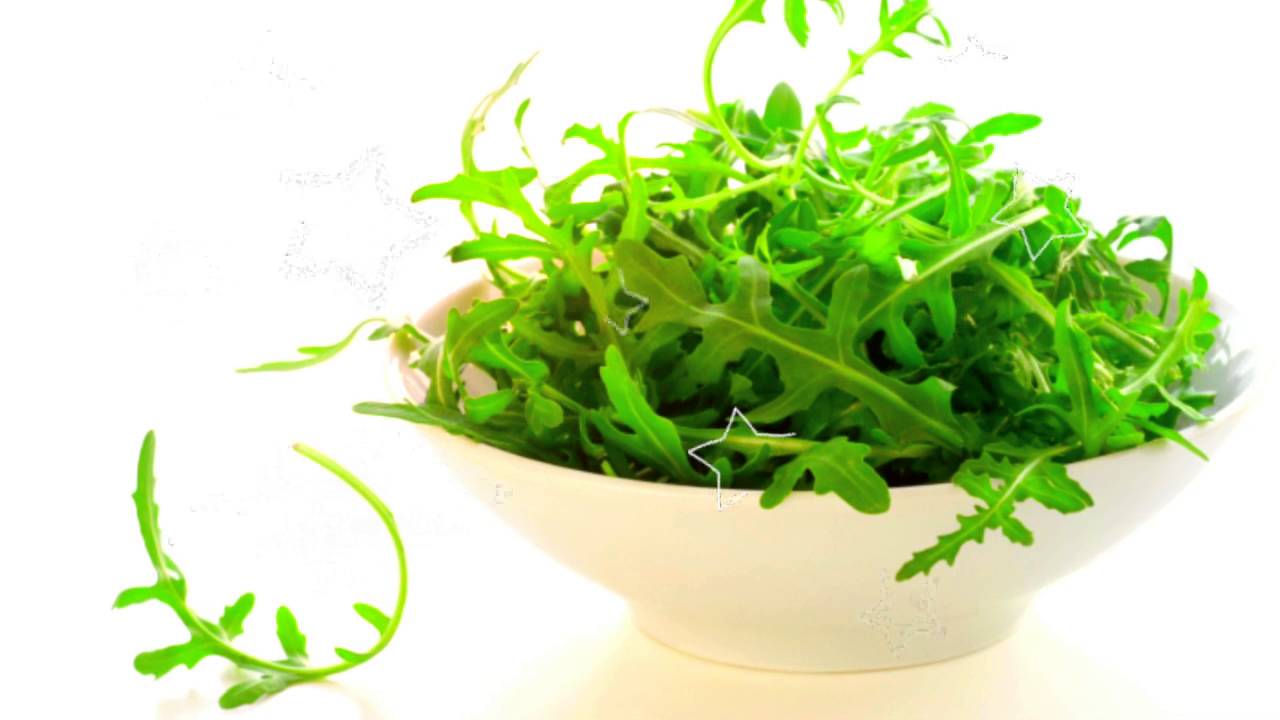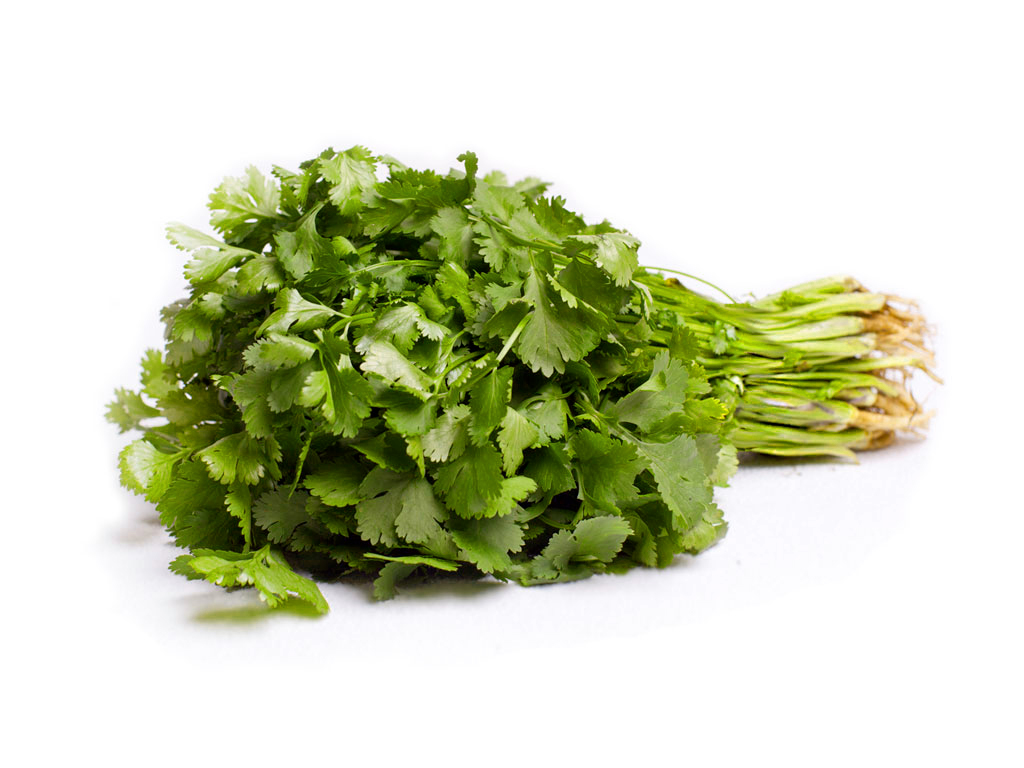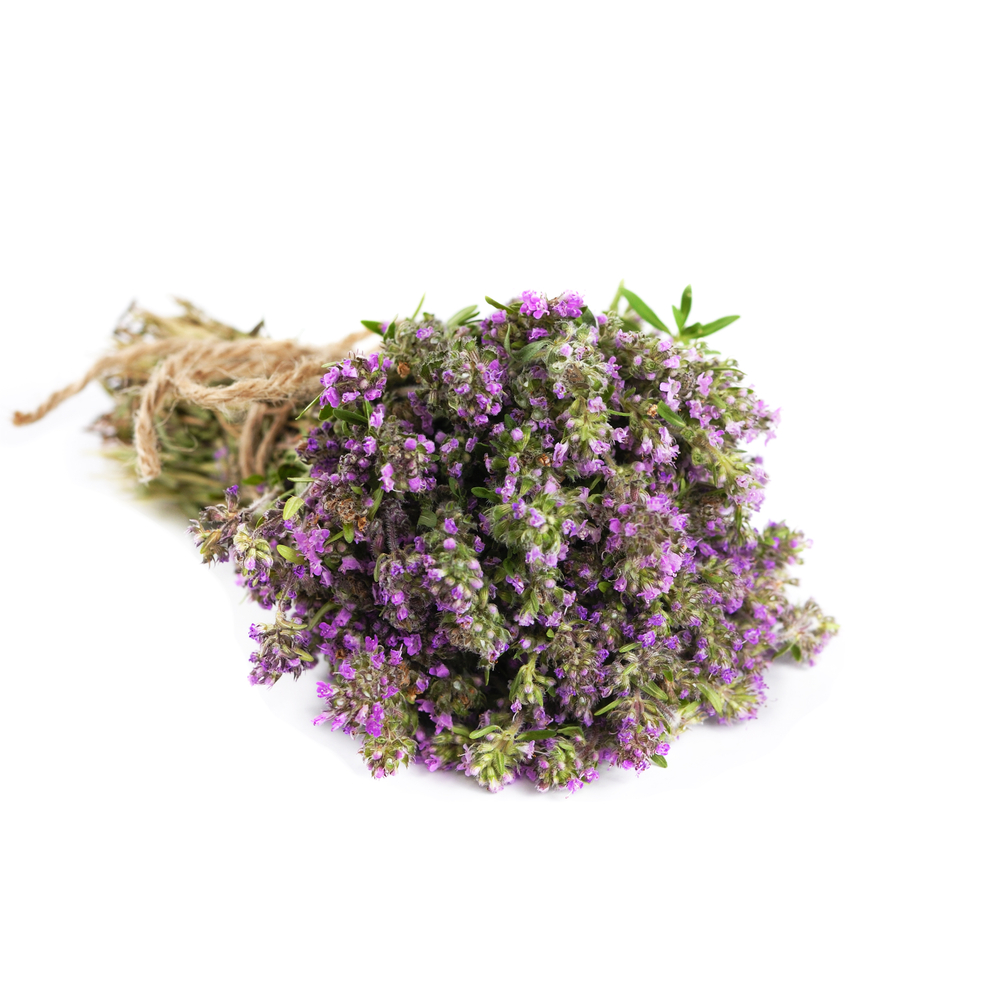Content:
Ramson - what kind of plant is it? This is a herb of the genus Onion. It is called by different names. Some of the most common names are: bear onion, flask, wild garlic. Usually wild garlic grows in forests dominated by deciduous and spruce trees. These healthy greens are also grown in gardens. This was not done by chance. The flask is an excellent addition to a variety of dishes; it can be pickled, salted, fermented. Moreover, it is a real natural pharmacy. Ramson strengthens the immune system, cleanses the blood, rejuvenates and helps with hypertension. Leaves, shoots, wild garlic bulbs are eaten.
Description of culture
What is ramson? What does wild garlic look like? Ramson is a perennial aromatic herb. In smell and taste, it resembles onion, garlic. However, according to reviews, its taste is similar to other onion plants, but much softer, richer. The plant has a height of 20 to 60 cm. The stem and leaves of wild garlic develop from a bulb in the ground. The onion is elongated, narrow. The stem is emerald erect, has three edges. Its base is framed by leaf stalks. The shape of the leaves is oblong, the tip is sharp. The color is bright light green. The stem has two leaves. Each of the petioles extends slightly longer than the leaf plate.
Wild garlic leaves can be seen as soon as the snow begins to melt. The collection of wild-growing wild garlic takes place from March to May. Then its greens can have a juicy taste. In May-June, wild garlic begins to bloom. At this time, a very beautiful blooming ball-shaped umbrella appears from the elongated stem. The flowers are star-shaped. The color is whitish, white. After a few weeks, the umbrella changes color to yellow-black. In place of flowers, peas-seeds of oil color appear. In August-September, the bulbs of the plant are collected.
The plant does not look like a regular onion that grows in the garden. In shape and color of the leaf plate, it resembles a lily of the valley.
How to distinguish wild garlic from hellebore
The ramson outwardly resembles another flattering plant - hellebore. Chemeritsa is a poisonous herb. It contains a large amount of glycoalkaloids. Even a few leaves are enough for poisoning. This plant is called false wild garlic. How to distinguish wild garlic from hellebore:
- First, the smell. At the flask it is tart garlic. The hellebore has no special aroma;
- Secondly, the false wild garlic bush has more powerful and wide leaves;
- Thirdly, the leaf plate of hellebore with veins. Due to them, it is quite tough.
Where does the bear onion grow
In the wild, wild garlic grass grows throughout Europe, Ukraine, Turkey, and the Caucasus. The places where the plant grows includes Russia. Moreover, in some regions of the Russian Federation, the bear onion is included in the Red Book.
Usually, early greens with a garlic aroma occupy entire meadows in lowlands, where there is little sunlight. She loves coolness, moisture, shade.It can grow well in meadows, in forests with predominantly deciduous, coniferous, alder trees. Wild garlic is often found in swampy areas, near rivers, lakes.
As a culture wild garlic is grown in many countries, including Russia. It can develop well both in the north and in the center, for example, in the Moscow region.
Cultivars
Are there varieties of wild garlic? After the flask was domesticated and grown in garden plots, breeders became interested in her. Scientists have worked hard, and several varieties or varieties of this plant have been bred. They can be easily grown in the garden. Moreover, each variety has its own characteristics.
There are three varieties:
- Teddy bear;
- Bear delicacy;
- Bear ear.
Teddy bear is the earliest greens. It takes only 2 weeks from the moment the first shoots appear to harvest. 1.5 kg of greenery is collected from one square meter. If the variety is planted in March, the fresh fragrant herb will be on the table in mid-April. The grass is not afraid of sub-zero temperatures. The seedlings will not be affected by the accumulation of water in the garden.
Usually, this variety has longer leaves than wild garlic. They grow up to 25-35 cm. The color is emerald. There is a slight waxy coating. The height of the bush is about 50-60 cm.
The Bear delicacy variety is called so because of its abundant harvest. You can collect 2 kg of greenery from one square meter. The leaves are long, fleshy. The height of the plant is 50 cm. The average length of the leaves is about 20-30 cm. It is this variety that is most often harvested: salted, pickled. It takes 2.5-4 weeks from the appearance of the plant to the collection of its leaves.
The bear ear ripens 3 weeks after the bush emerges from the ground. The taste is spicy, but not spicy, rather delicate, pleasant. The leaves are elongated, narrow. Light green color. To find out the answer to the question "ramshina what kind of plant is this?" you need to try this particular variety. He is liked by all fans of proper nutrition. The bear ear produces a bountiful harvest of quality grass. One square meter can ripen 2.5 kg of greens.
Growing varieties and care
It is not difficult to grow any of the varieties of wild garlic. Wild garlic is propagated by seeds and bulbs. The material is sold in specialized stores.
The very first thing to do is prepare the garden bed. It is better to choose a site that is in the shade, in the lowlands. Next, the soil is fertilized with organic matter, ammonium nitrate. Humus and manure are introduced. You need to prepare the garden in the spring, if the planting takes place in the fall and vice versa.
Seeds need stratification before planting. The process involves keeping the seed in a cool place for a little over three months. So, planting with seeds takes place in September. They are placed in the ground to a depth of 0.5 cm. After that, mulching is necessary. Hay, fallen dry leaves, humus are suitable as mulch.
Bulbs, like seeds, are planted in open ground. Bulbs are planted in April-May. The distance between them should be 15-20 cm. Then the seedlings will grow more comfortably.
The culture is quite unpretentious, it does not need any special care. However, it still requires attention:
- The owner of the site must monitor the timely watering of the plant. It is better to do this daily, but not abundantly;
- You can not run a garden with wild garlic. It needs to be weeded from weeds. The fragrant herb can harm the nettle. Its powerful root will easily damage crop bulbs;
- It is allowed to mulch a place with wild garlic with humus, hay;
- Ramson is a perennial. But every year a young underground shoot in the form of a bulb, which grows on an old bush, is best transplanted to a new place. Thus, a whole separate ridge can be planted with a crop.
Useful properties of wild garlic
The bear onion is very healthy. It is called a natural pharmacy. The plant has a rich composition. What vitamins are in wild garlic? There are vitamins C, A, B. In addition, the herb contains folic acid, niacin, essential oils, amino acids, iron, copper, fluorine, zinc, potassium, calcium, as well as the trace element iodine, etc. The benefits of such a composition determine the medicinal properties wild garlic.
Ramson improves metabolism, has a bactericidal, anti-inflammatory, antimicrobial effect, helps with disruption of the digestive system, with hypertension. The plant was used several centuries ago for blood purification, rejuvenation, and health promotion. Thanks to the grass, you can calm the nerves, stimulate the work of the heart and blood vessels.
Cooking applications
To the question "wild garlic what is it?" you can answer that this is a medicinal product. It is eaten not only because of its beneficial properties, but also because of its delicate taste. The herb lends exquisite flavor and zest to many dishes. How to eat wild garlic? Greens can be used for baking bread, adding to soup, to meat. The flask is easy to pickle, salt, and ferment. No one will be left indifferent by making salads, sauces, and pie fillings from the culture. Fresh ramsons are good for sandwiches.
The simplest recipe for wild garlic salad is to mix herbs with an egg, sour cream, salt.
Contraindications to the use of the plant
For all its benefits, culture has a contraindication of abuse. An adult can eat no more than 20 leaves of wild garlic per day. If consumed in large quantities, it can cause diarrhea, dizziness, impaired heart function, sharp pain in the head. A person who overeats wild garlic will suffer from insomnia at night.
Ramson is contraindicated in people with ulcers, inflammation of the pancreas, increased acidity of the stomach, liver disease, and epilepsy. Greens are not allowed for pregnant women and those who are allergic to garlic.
Pest control
What is wild garlic, what are the varieties, what the wild garlic looks like, how to plant it is clear. Now you need to deal with pests that can annoy the culture.
Agronomists are sure that wild garlic has properties to repel pests. This makes it very useful for the garden. Slugs, aphids, whiteflies, bugs, caterpillars, nematodes do not come close to it. However, the flask does not have absolute immunity from insects. A mining fly can lay larvae on it.
The larvae eat the leaves, feed on the juice. This negatively affects the harvest. Affected leaves die off.
Fly control consists of placing sticky tape traps near the garden bed where wild garlic grows.
If the larvae have already appeared, they must be dealt with. To do this, you can buy insecticides at the store or use traditional methods. Chemical preparations may not affect the plant in the best way, and the sprayed bushes can be eaten after a few weeks. The best methods of struggle are at hand. For example, watering the bushes in the evening with saline solution. Early in the morning, wild garlic is washed from salt with settled water.
A gardener who grows wild garlic in his garden has a strong immune system, he is not afraid of various diseases. Ramson harbors the power of the forest. The advantage of wild garlic is also its excellent taste and unpretentious disposition.
